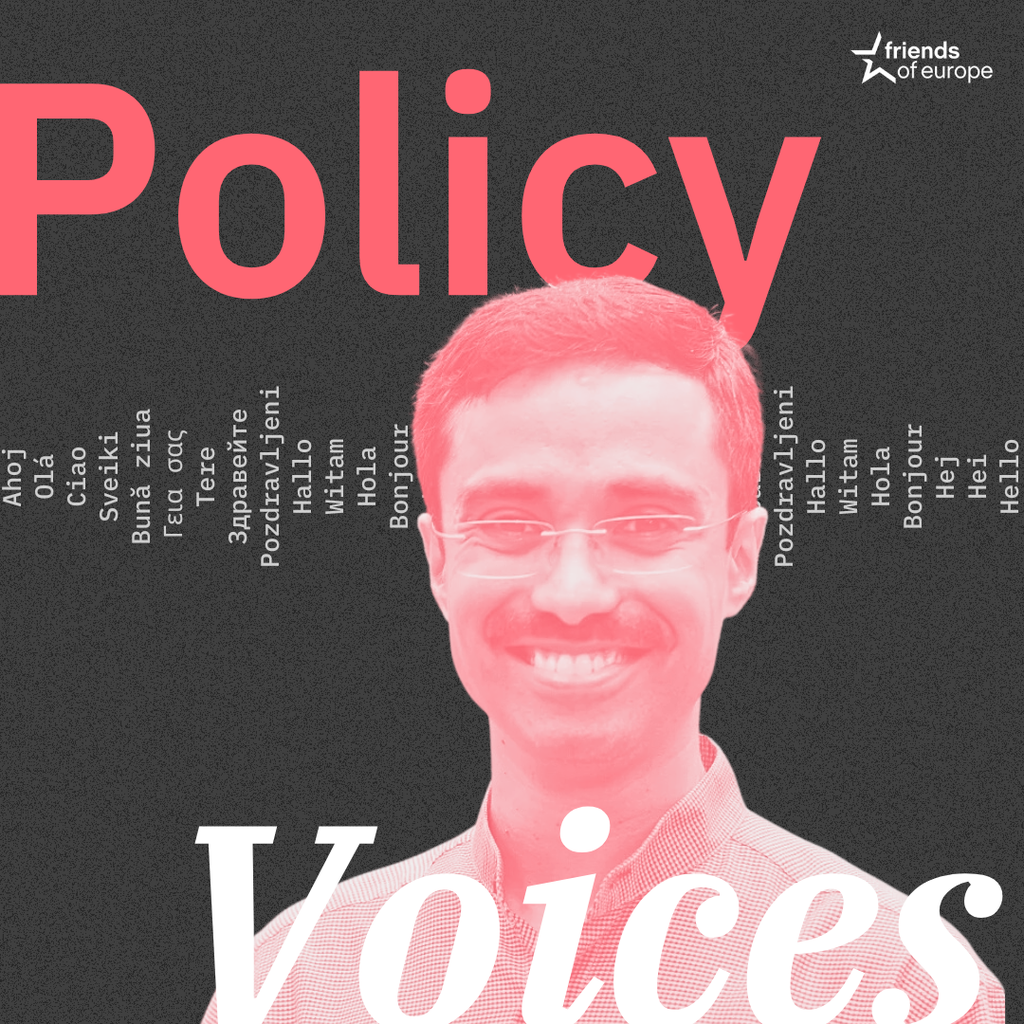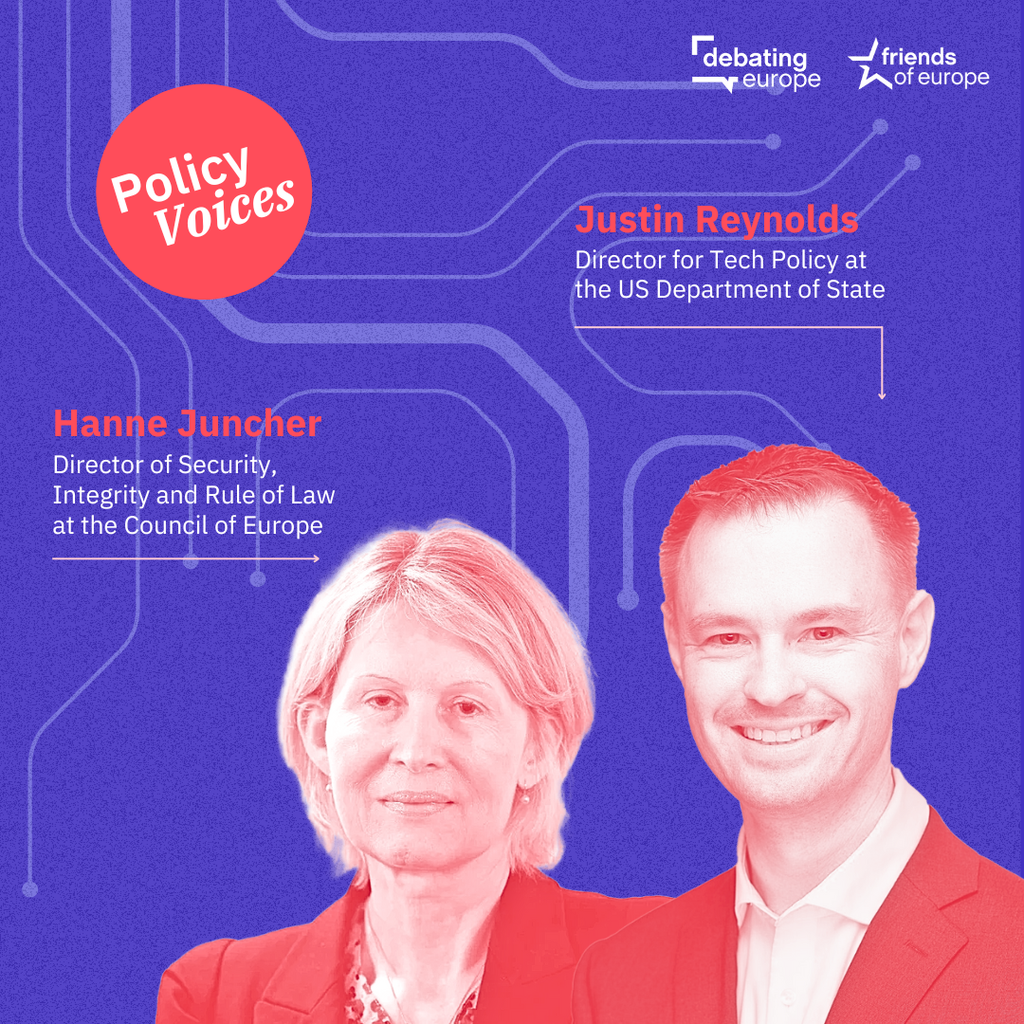A European agenda for space: resilience, security and sovereignty
Past event In person

- Area of Expertise
- Digital & Data Governance

Professor in the Department of Economics at Lund University
Since 2015, the European Union has seen a large influx of refugees, constituting a major challenge for member states. The proper integration of these refugees in their new home countries is of utmost economic, political, social and humanitarian importance. Recent technological innovations have enabled governments to use artificial intelligence (AI) to, among other things, allocate human organs and design school choice systems. Perhaps AI could also play a role in helping integrate refugees.
Before exploring this potential role, it is useful to consider the following metaphor. Suppose that you own a factory. Would you assign your new employees to tasks without checking their formal qualifications such as educational background and employment history? Probably not. But this is how refugee resettlement normally works: refugees in the EU are assigned to countries, regions and cities with little regard for their background, attributes and skills. This is problematic not only because their expertise may not be fully utilised, but also because there is strong empirical evidence to suggest that the initial placement of refugees determines their lifetime employment, education and welfare outcomes. From an economic, political, social and humanitarian perspective, it is therefore essential to ensure an optimal initial match between refugees and where they are placed.
Today, the UN Refugee Agency (UNHCR) and other resettlement agencies routinely collect information about the background of the refugees they help resettle. This has become the focus of international research teams aiming to answer the following question: could this information be used by systems – based on, for example, algorithms, combinatorial optimisation and machine learning – to better match refugees’ skills with the areas they are placed in? This issue has not only been investigated theoretically and empirically; research teams have also collaborated with agencies, in, for example, the United States and Switzerland, to develop and test AI-based computer software.
AI-based tools could clearly be implemented to better match refugees with their host region
One of these teams has been working with the American ‘Hebrew Immigrant Aid Society’ (HIAS) resettlement agency. Andrew Trapp at Worchester Polytechnique Institute and Alexander Teytelboym at Oxford University have reported that employment rates have increased by 30% since May 2018 when HIAS started to use the Annie MOORE software. By automating placement decisions, the administrative costs related to placement decisions have also been reduced by up to 50%.
A similar project, based at Stanford University, is now working with the government in Switzerland to implement similar software. If they succeed, Switzerland will be the first country in the world to implement a nationwide AI-based system for placing refugees.
A prerequisite for Europe’s welfare systems to successfully cope with the ongoing and future refugee crises is to better integrate refugees. AI-based tools could clearly be implemented to better match refugees with their host region. While testing this, it is not only important to take the background of refugees, industry structures and economic macro variables such as local employment rates and growth into consideration. It is also crucial to take into account the preferences of the refugees. For example, if a refugee family mentions that they have an existing social network in a specific region, it is probably a good idea to take this into account when placing the family.
EU member states could become potential trailblazers for refugee integration if they decide to take action now
Given that several research teams are now making rapid progress in developing computer software for placing refugees, policymakers across Europe should investigate the potential of these AI tools. One way to do this is to test these softwares in a randomised control trial to get a precise estimate of the true gains. This can be achieved at a low cost since such trials can be integrated in already-existing research projects. There is a large potential upside even if employment rates among refugees only increase by a few percent. Considering the demonstrated effectiveness of existing AI-based software, there is really little reason to wait. EU member states could become potential trailblazers for refugee integration if they decide to take action now.
Past event In person

Next event In person & livestreamed

Past event Online

Past event In person





Stay informed
We use cookies and similar technologies to adjust your preferences, analyze traffic and measure the effectiveness of our campaigns. Learn more about our privacy policy.